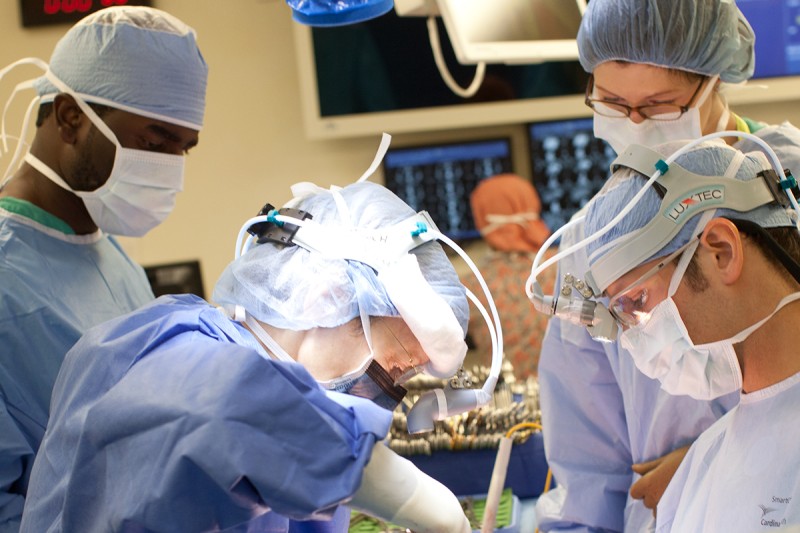Radiation therapy for malignant mesothelioma
Radiation therapy uses high-energy x-rays or particles to kill cancer cells. Mesotheliomas are often hard to treat with radiation therapy. They are not usually contained as single, discrete tumors, so aiming radiation at them while avoiding nearby normal tissues is difficult. But new radiation therapy techniques may make this form of treatment more useful.
Uses of radiation therapy
Radiation therapy may be used in different ways to treat mesothelioma:
Possible side effects
Side effects of external radiation therapy may include fatigue and sunburn-like skin problems and hair loss where the radiation enters the body. These usually go away once treatment is finished. Chest radiation therapy may cause lung damage and lead to trouble breathing and shortness of breath. Abdominal radiation therapy may cause nausea, vomiting, diarrhea, and a loss of appetite.
If radiation therapy is used together with chemotherapy, it may make the side effects of chemotherapy worse.
If you are having any side effects from radiation therapy, talk with your doctor. There are often ways to help control these symptoms.






